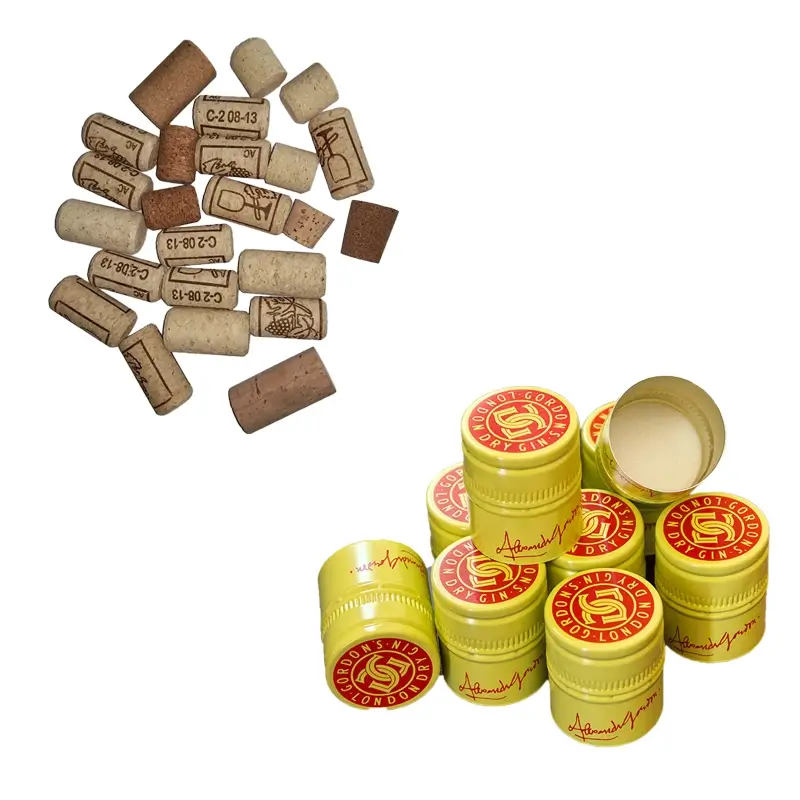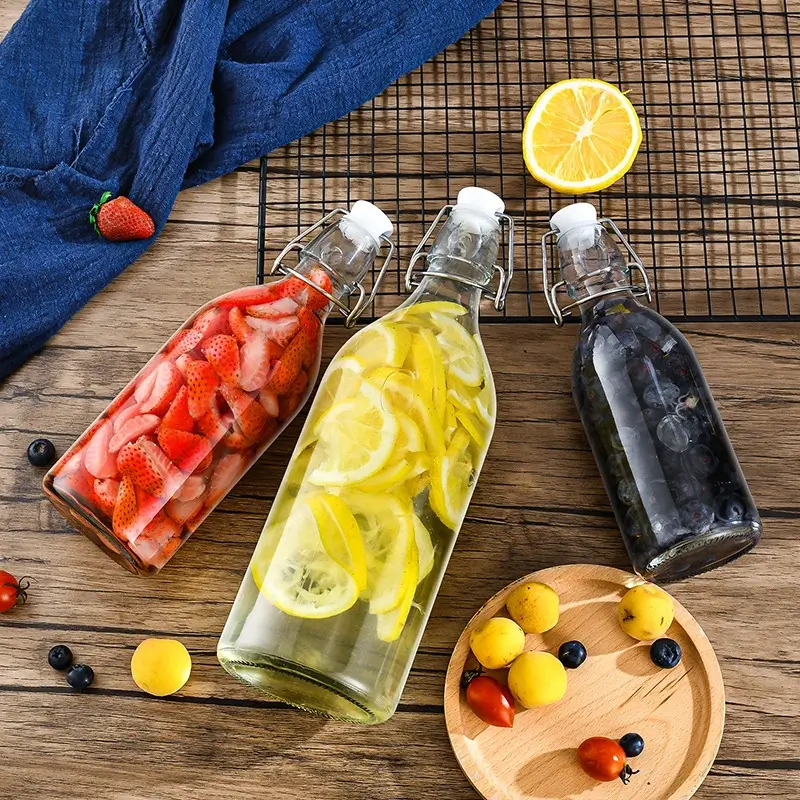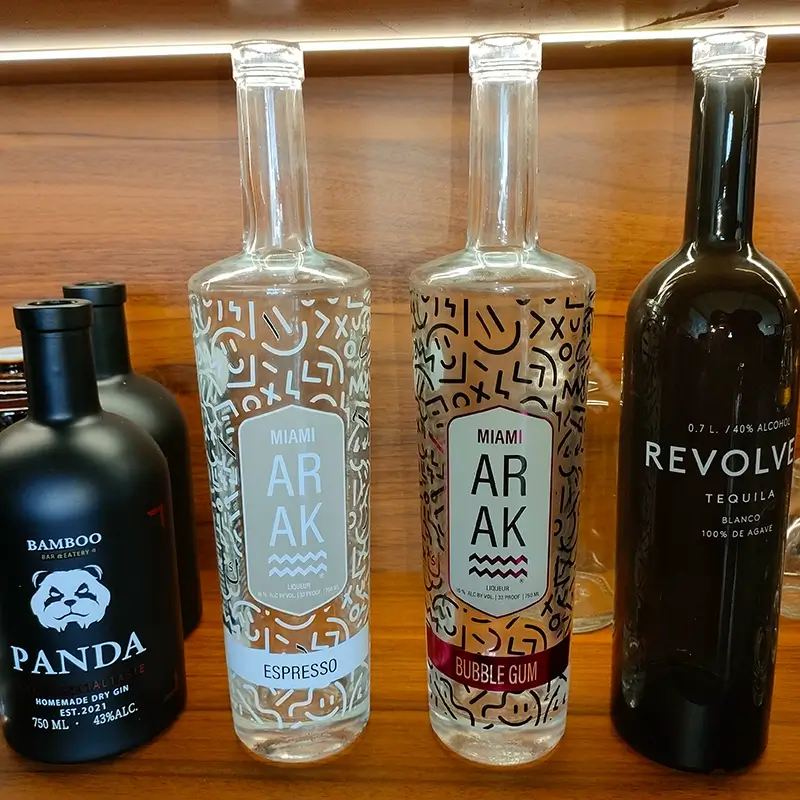Wine Corks vs. Screw Caps: 6 Key Differences Explained
News July 4, 2025
When selecting a bottle of wine, you’ll likely notice one major difference at the top: cork or screw cap? While both closures serve the same purpose—to seal the bottle and preserve the wine—their performance, cost, environmental impact, and symbolism vary greatly.
To help you make a more informed choice, let’s explore the six most important differences between wine corks and screw caps, and how each affects the wine inside.
What Are Corks and Screw Caps?
Corks have been used since ancient times, originating in Greece and Rome. Made from the bark of cork oak trees, natural corks are slightly porous, allowing a small amount of oxygen to interact with the wine—a process vital for aging. Synthetic corks also exist, offering a tighter seal but less aging potential. Cork closures remain deeply rooted in wine tradition and ceremony.
Screw caps, a modern innovation, are typically made from aluminum with a plastic or tin liner inside. They create a tight, oxygen-free seal that helps retain the wine’s freshness. Easy to use and consistent in quality, screw caps are growing in popularity across wine regions worldwide.
1. Oxygen Exposure
Corks allow a minute amount of oxygen into the bottle over time. This slow oxygen exposure can enhance the wine’s complexity and character, especially for red wines and age-worthy whites.
Screw caps form a near-perfect seal, blocking almost all oxygen. This helps maintain freshness and prevents spoilage, making them ideal for wines intended to be consumed young.
✅ Best for aging wines: Cork
✅ Best for fresh, drink-now wines: Screw Cap
2. Ease of Use
Corks require a corkscrew, and improper opening can damage the cork or push it into the bottle. Resealing can also be tricky, often leading to oxygen exposure or leakage.
Screw caps are user-friendly. They twist off easily and can be resealed tightly without tools, which is especially convenient for casual wine drinkers or outdoor occasions.
✅ Best for convenience: Screw Cap
✅ Best for tradition: Cork
3. Aging Potential
Corks are ideal for wines designed to age. The slow oxygen ingress encourages the wine to evolve, developing nuanced aromas and flavors over time.
Screw caps are better suited for wines meant to be consumed within a few years. Their airtight seal halts oxygen exchange, preserving the wine’s initial flavor profile without development.
✅ Best for collectors: Cork
✅ Best for young wines: Screw Cap
4. Risk of Contamination
Corks, especially natural ones, pose a risk of cork taint caused by the compound TCA (2,4,6-trichloroanisole). This results in an unpleasant musty odor and can spoil the wine—affecting up to 3% of cork-sealed bottles.
Screw caps virtually eliminate this risk. Their design prevents fungal growth and contamination, ensuring consistent wine quality from bottle to bottle.
✅ Best for quality control: Screw Cap
5. Environmental Impact
Corks are made from renewable oak bark, harvested without cutting down trees. Cork is biodegradable and recyclable, making it one of the most sustainable packaging materials in the wine industry.
Screw caps, while recyclable, require aluminum mining and higher energy usage during production, resulting in a larger carbon footprint.
✅ Best for sustainability: Cork
✅ Recyclable but less green: Screw Cap
6. Cost and Affordability
Corks, especially natural ones, are more expensive to produce and store. Their cost is often reflected in the wine’s price, and they are typically found in mid- to high-end bottles.
Screw caps are more economical and consistent to manufacture. They’re commonly used in value-driven wines but are also gaining traction in premium wines from Australia and New Zealand.
✅ Best for budget wines: Screw Cap
✅ Best for premium aging: Cork
Which Is Better for Different Wine Types?
| Wine Type | Cork – Best For… | Screw Cap – Best For… |
|---|---|---|
| Red Wines | Aging reds like Cabernet, Merlot | Young fruity reds like Beaujolais |
| White Wines | Rich whites like Chardonnay | Fresh, crisp whites like Sauvignon Blanc |
| Rosé Wines | Rarely corked | Best for maintaining freshness |
| Sparkling Wines | Traditional Champagne, aged styles | Young sparkling wines like Prosecco |
| Dessert/Fortified | Aging wines like Port, Sauternes | Rarely used for long-aging wines |
Frequently Asked Questions
How can you tell if a wine has a cork or screw top?
Look at the bottle. Cork-sealed wines are typically covered by a foil capsule. Screw caps are visible and can be twisted off directly.
Does a screw cap mean cheap wine?
Not anymore. While screw caps were once associated with inexpensive wines, today many high-quality wines use screw caps to preserve freshness and eliminate cork taint.
Is wine better with a cork or screw cap?
Neither is universally better—it depends on the wine. Corks support aging and tradition, while screw caps offer consistency and ease of use for wines meant to be enjoyed young.
Conclusion
Corks and screw caps each offer unique benefits, depending on your wine preferences:
- Choose corks for wines you plan to age or if you enjoy the traditional wine-opening experience.
- Opt for screw caps if you value convenience, freshness, and reliability—especially for everyday wines.
Ultimately, the best closure is the one that aligns with the style of wine and how you plan to enjoy it.


